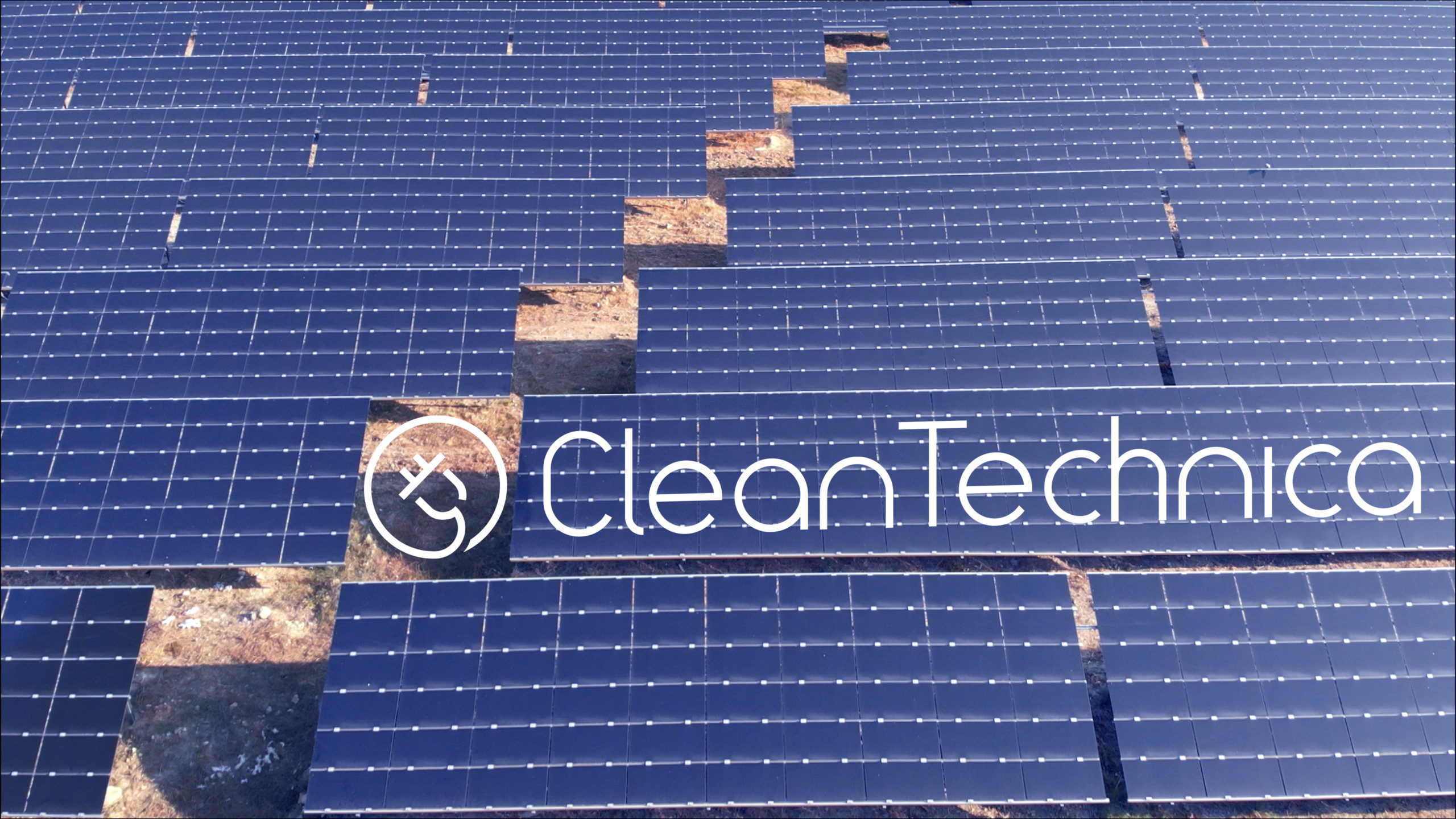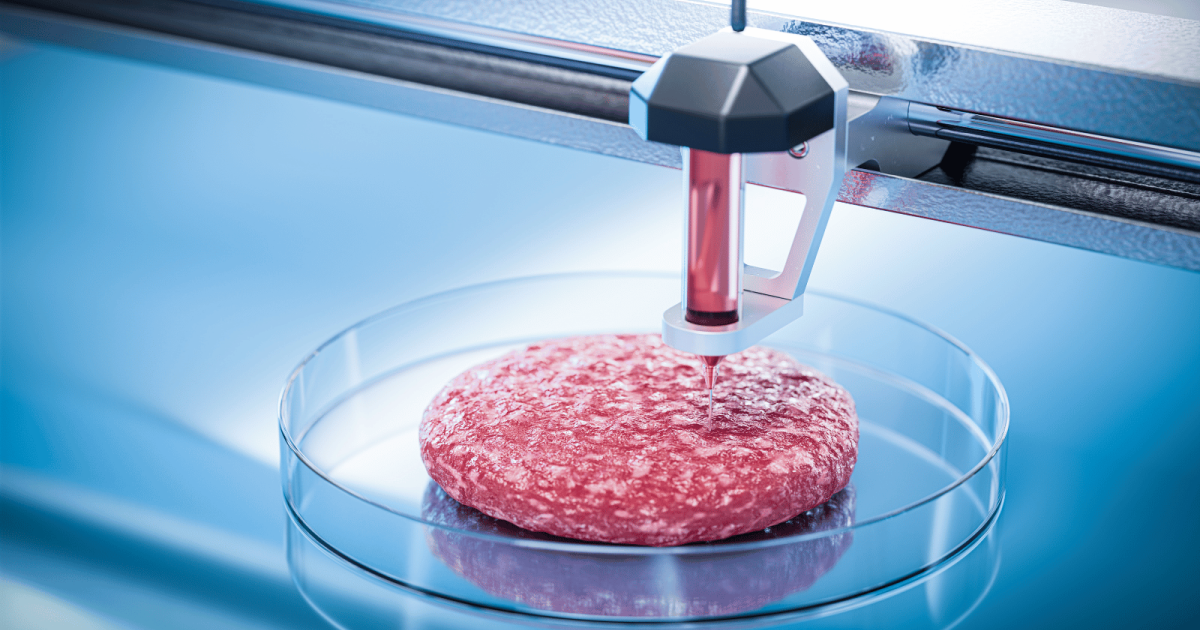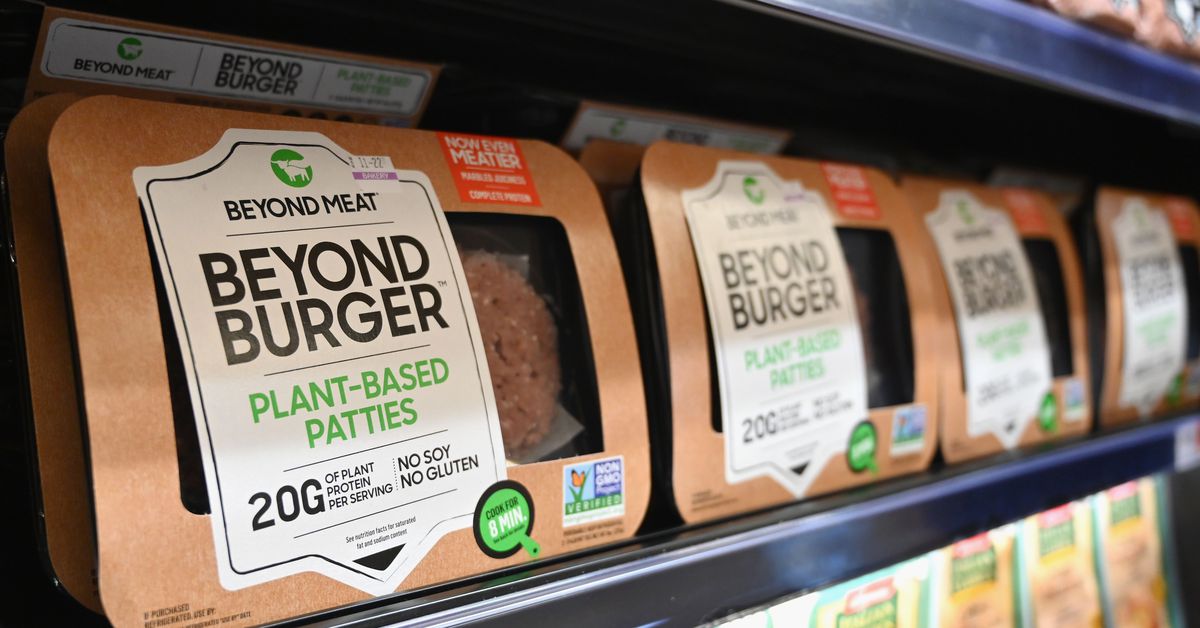Tony Seba is up to it again. He has a new talk, which is a pretty quick watch, that he gave to a bunch of bored-looking sheiks in Saudi:
If you don't know, Tony made a bunch of predictions around 2010-2014 saying that solar, batteries and EVs were all going to get super cheap and take over the world in the 2020s. A lot of folks thought he was crazy then, but many of his numbers were accurate, viewed from 2023. Like $100/kWh lithium batteries, and utility solar PV costing <4 cents per kWh. He also predicted that 200 mile BEVs would cost $11k in 2023, which is just what (ultracompact) BEVs cost in China now.
Notably, he was also predicting that autonomous vehicles would make ridesharing super cheap (robo-ubers), and that used ICE car prices would go to effectively zero, both by around now. Last time I checked, those prediction were both pretty wrong.
What is he predicting now?
-- that making a 100% Solar+wind+battery grid is pretty easy anywhere on earth, requiring just 2-5 days of battery storage, and 2-3X overproduction, depending on the local climate. And NO seasonal storage problem, or intercontinental transmission or hydrogen storage megaprojects. And that that production cost will continue fall until such 100% RE will be cheaper than fossils almost everywhere.
-- as a corollary to the above, there will be a LOT of electrical power around that will cost very little because it is stranded over-production. He calls that 'super power' and says it will enable new energy demanding industries that we don't think about now (with dispatchable demand). Conversely, doubling the local grid power generation only adds about 10% to the construction cost, due to the non-linearities in the curve.
--he predicts that growing animal proteins such as casein or whey protein in microbial fermenters will be cheaper than the dairy stuff by 2025. This is not 'cultured meat' which needs animal cells, but proteins made by bacteria. I have already sampled the 'non-dairy' cream cheese from my local grocer that uses bacterial casein. It was, no surprise, just like regular cream cheese. Several vegan ice creams based on microbial dairy are also for sale already.
He has a big finish where he says that all the pillars of the economy (energy-materials-transportation-food-IT) are being disrupted over the next 15 years. He thinks that after we green energy production and transportation (transition which we can see as underway) microbial protein will overtake dairy and animal agriculture (?), while we will still grow plants to feed to the microbes (corn to make glucose, I assume). He predicts that an amount of grazing/agricultural land bigger than US+China combined will be freed up. And just letting that land lie fallow or regrow natural habitats could help push the global system to carbon negativity by 2050.
Kinda like we all make a transition to super cheap 'vegan junk food'.
We shall see I suppose.
If you don't know, Tony made a bunch of predictions around 2010-2014 saying that solar, batteries and EVs were all going to get super cheap and take over the world in the 2020s. A lot of folks thought he was crazy then, but many of his numbers were accurate, viewed from 2023. Like $100/kWh lithium batteries, and utility solar PV costing <4 cents per kWh. He also predicted that 200 mile BEVs would cost $11k in 2023, which is just what (ultracompact) BEVs cost in China now.
Notably, he was also predicting that autonomous vehicles would make ridesharing super cheap (robo-ubers), and that used ICE car prices would go to effectively zero, both by around now. Last time I checked, those prediction were both pretty wrong.

What is he predicting now?
-- that making a 100% Solar+wind+battery grid is pretty easy anywhere on earth, requiring just 2-5 days of battery storage, and 2-3X overproduction, depending on the local climate. And NO seasonal storage problem, or intercontinental transmission or hydrogen storage megaprojects. And that that production cost will continue fall until such 100% RE will be cheaper than fossils almost everywhere.
-- as a corollary to the above, there will be a LOT of electrical power around that will cost very little because it is stranded over-production. He calls that 'super power' and says it will enable new energy demanding industries that we don't think about now (with dispatchable demand). Conversely, doubling the local grid power generation only adds about 10% to the construction cost, due to the non-linearities in the curve.
--he predicts that growing animal proteins such as casein or whey protein in microbial fermenters will be cheaper than the dairy stuff by 2025. This is not 'cultured meat' which needs animal cells, but proteins made by bacteria. I have already sampled the 'non-dairy' cream cheese from my local grocer that uses bacterial casein. It was, no surprise, just like regular cream cheese. Several vegan ice creams based on microbial dairy are also for sale already.
He has a big finish where he says that all the pillars of the economy (energy-materials-transportation-food-IT) are being disrupted over the next 15 years. He thinks that after we green energy production and transportation (transition which we can see as underway) microbial protein will overtake dairy and animal agriculture (?), while we will still grow plants to feed to the microbes (corn to make glucose, I assume). He predicts that an amount of grazing/agricultural land bigger than US+China combined will be freed up. And just letting that land lie fallow or regrow natural habitats could help push the global system to carbon negativity by 2050.
Kinda like we all make a transition to super cheap 'vegan junk food'.
We shall see I suppose.
Last edited:







